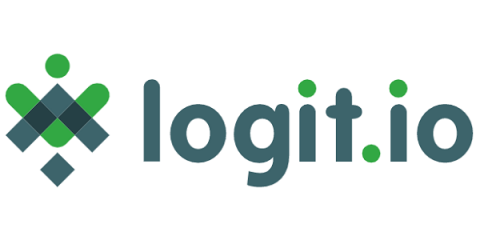Threats That Data Analysis Can Protect You From
In our latest post we’re covering a range of the different kinds of problems and threats data analysis can help protect your business from. We’ve brought together some of our favourite experts working in big data, cybersecurity and tech to shed light on some of the practical applications of using data analysis for protecting your operations.










